Jess Miller is an Alexandria resident and a former councillor with the City of Sydney. The first thing that comes to mind when Jess thinks about Green Square is a place in transition. It’s home to a wide variety of civic ecologies activities, from grassroots to city-led initiatives.
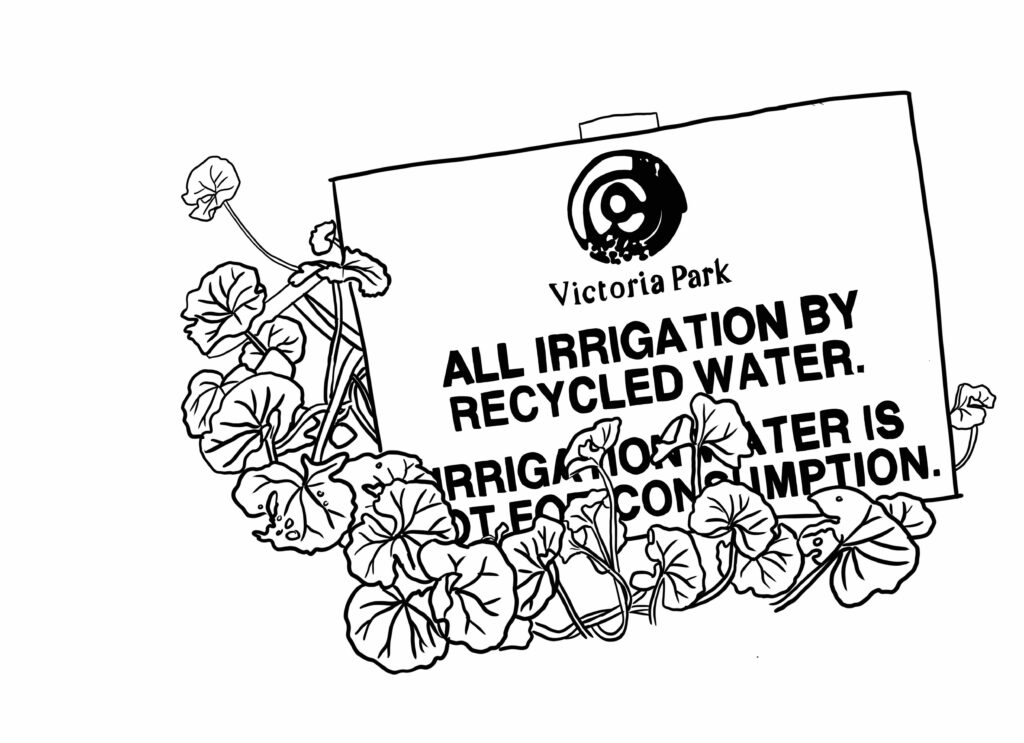
The diversity of ecological activity within the precinct reflects the Green Square planning process as well as the energy of the community. Jess says that public green spaces were key to procurement requirements and designed by landscape architects, and trees went in before people, a ridiculously uncommon practice in urban renewal. As a result, streets were designed to accommodate tree canopies and underground cabling was installed with enough room for the surrounding roots and soil. Water is managed both in terms of risk mitigation and effective irrigation of green infrastructure.
And there’s an obvious difference between these contemporary developments and their more established counterparts – the new builds boast an array of green roofs, along with landscaped spaces between the buildings and along the pedestrian walks.
The design excellence process has also yielded some better developments.
According to Jess, there are three levels of greening in Green Square. First, the City of Sydney is leading the way with green leadership. Second, some of the more prominent developments have nature incorporated into their design, a reflection of the private sector’s understanding that living infrastructure holds value for local and prospective residents. And third, the precinct is home to an abundance of grassroots activations thanks to people with gardens and people looking after the verges.
Some people don’t like big trees outside their homes. These are legitimate concerns and it’s important to address that. Many houses in Rosebery have olive trees on the verge, and that’s the compromise that we’ve been able to strike with the residents.
This third level is a reflection of the area’s high density and the diverse typologies of buildings and streets. In some places, residents have taken it upon themselves to incorporate greenery and gardens into the look and feel of their streets, which often inspires other neighbours to do the same. While this is harder to achieve for those people living in apartments, it is definitely possible.
It takes one or two neighbours to take over the verge and just start growing plants there, and then other people start adding to it.
Jess believes the streets with the best verges and gardens are those that people really care for rather than those developed by the council. The act of engaging with green space can create a sense of community connection; in turn, these streets often have long-term residents. It follows that greater housing security is an important part of creating and maintaining civic ecologies. There are other enabling elements the city can contribute to–for instance, islands that slow down traffic so accessing verges is safe and pleasant, safe parking that doesn’t waste street space, arborists to care for tree canopy.
‘We really love and encourage the community to be adults about things and care for the public realm because they are the public,’ Jess says.
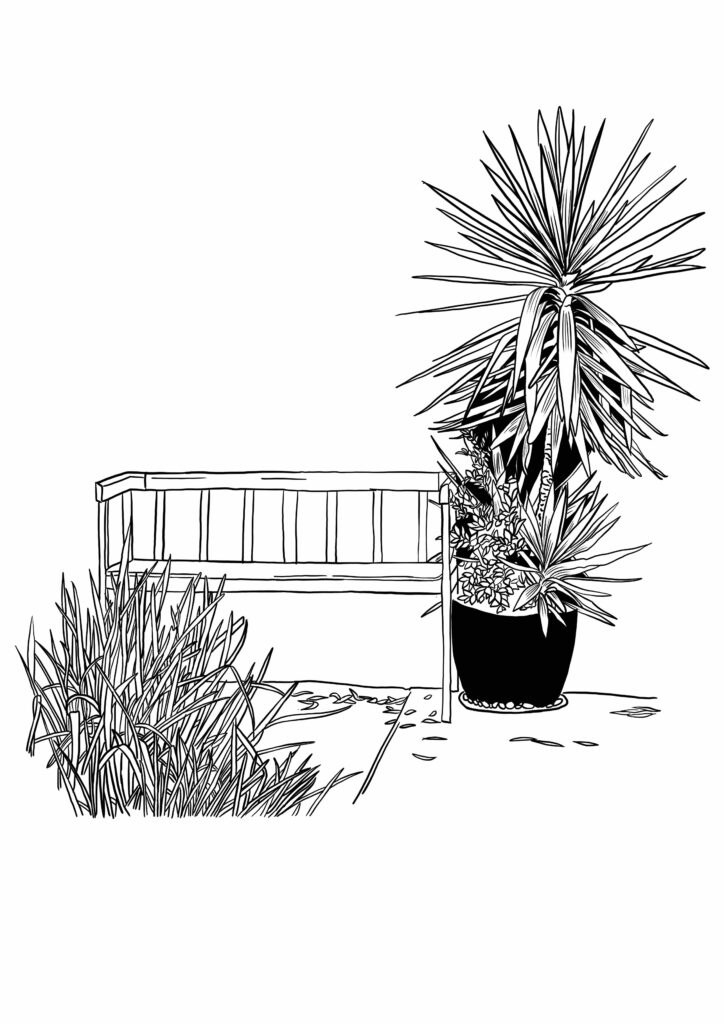

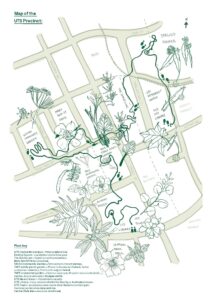
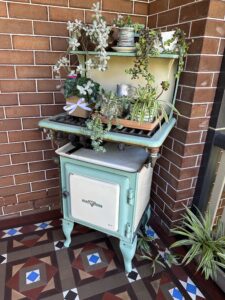
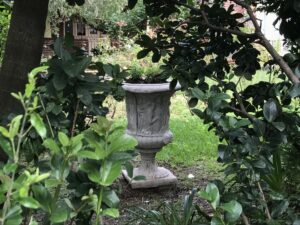
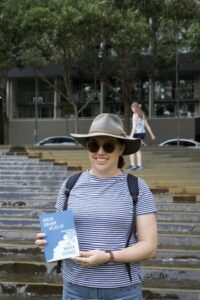

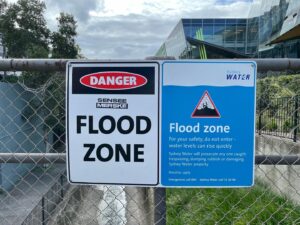
0 Comments